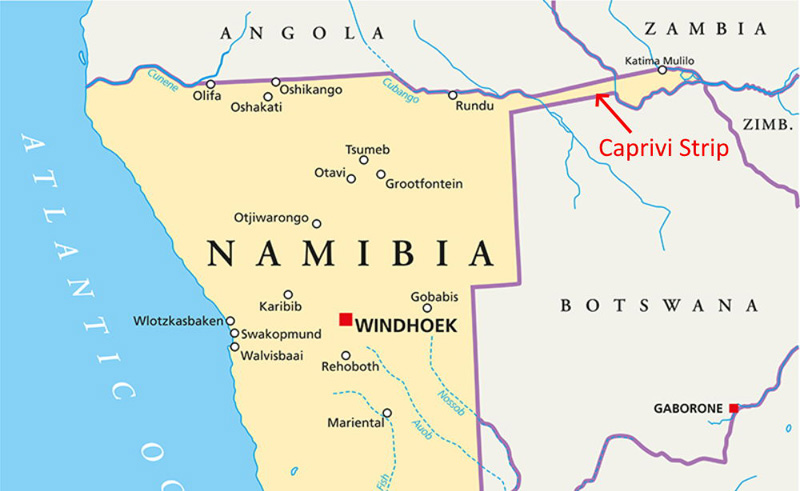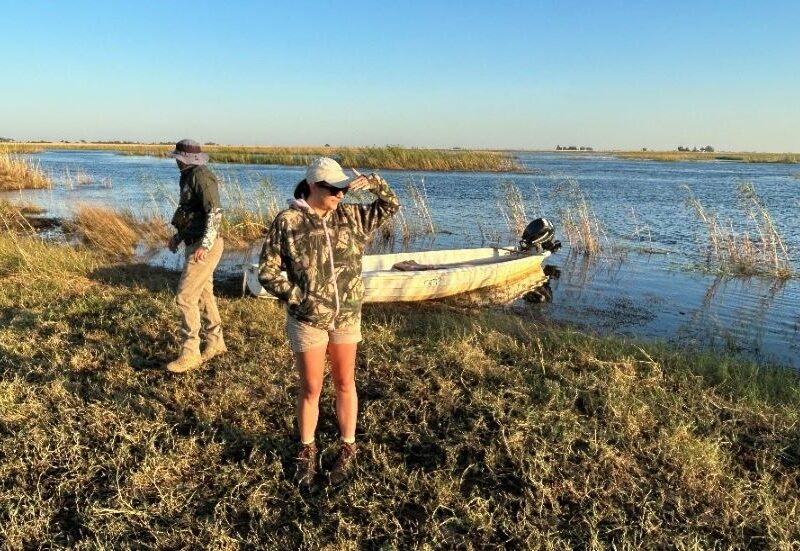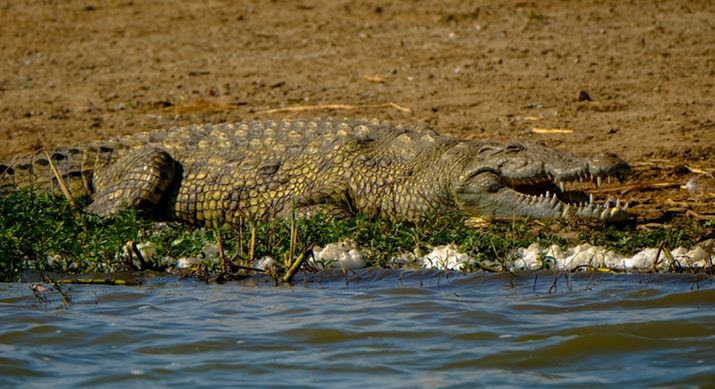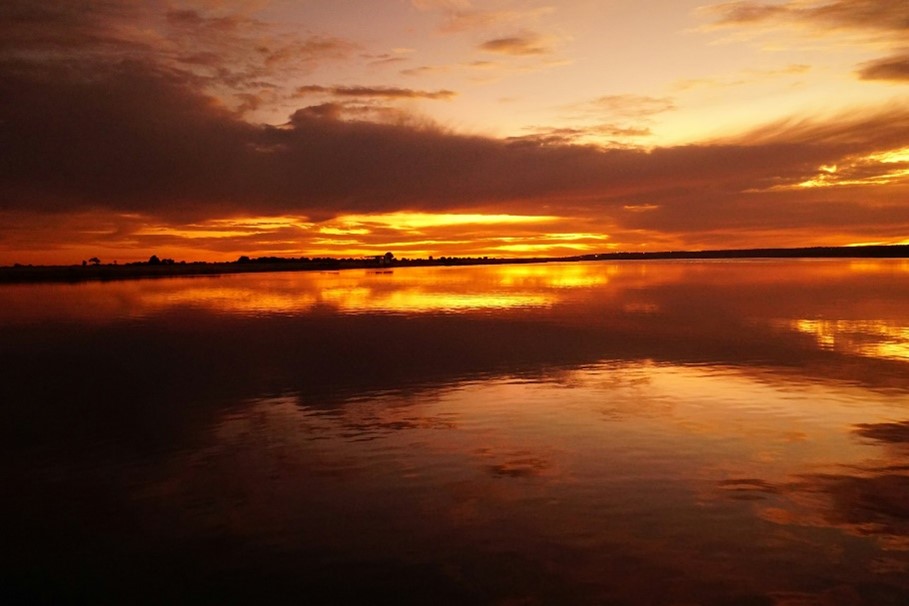When it comes to trophy hunting in Namibia, this African country is a premier big game hunting destination with outstanding game available.
Namibia offers a diverse variety of landscapes, from the tallest seas of sands in the Namib Desert, the awe-inspiring Fish River Canyon, and the famous Caprivi Strip situated in the country’s Northeastern corner.
Trophy hunting in Namibia has become exceptionally popular amongst international big game hunters. Namibia is, in fact, the only African country capable of providing a “full bag” game hunting adventure. A hunting safari in Namibia can thus include African elephants, Cape buffalo, lions, leopards, and both the Black and White Rhino
[DYNAMIC-BLOGTABLEOFCONTENT]
Is Namibia a good destination For Game Hunting?
Yes, Namibia is a fantastic game hunting destination, regularly produces world-class game hunting trophies, and is renowned for trophy African elephant and leopard.
Is It illegal to Hunt In Namibia?
No, it is not illegal to hunt in Namibia. Game hunting safaris include dangerous, exotic, specialty, and African plains game. Other African cat hunting safaris, such as the cheetah, can also legally take place in Namibia.
If a hunting safari in Namibia is a consideration, then best the safari includes the infamous prehistoric apex predator, the Nile crocodile (Crocodylus niloticus). This cunning monstrous lizard is a perfectly designed “killing machine” and is responsible for thousands of deaths every year throughout Africa.
Where is the best destination for Crocodile Hunting In Namibia?
With so much of the country being desert and arid land, one of the only locations to hunt crocodiles in Namibia is in the Caprivi Strip, also known as the Zambezi Region. This narrow expanse of land belonging to Namibia is surrounded by Angola, Zambia, Zimbabwe, and Botswana. The Caprivi Strip is known as the Oasis of Namibia.
The mighty Zambezi River, along with the Chobe, Kwando, Linyanti, and Kavango Rivers all flow through the Caprivi Strip creating vast areas of wetlands, which are, of course, the perfect breeding grounds for giant Nile crocodiles. The Caprivi Strip is known to produce crocodiles consistently at over 15 feet and hunting a trophy crocodile of over sixteen feet can be achieved.
The Caprivi Strip, along with the Nile crocodile, has an abundant supply of Chobe elephants, Cape buffalo, and hippos. Hunting for larger tusked elephants in Namibia takes place further north in the areas surrounding Bushman Land, where elephants sporting tusks over 60 pounds can still be found. Lion and leopard are hunted in Namibia in the central drier areas.

Methods of Crocodile Hunting in Namibia
Crocodiles are mostly found swimming in waterways, swamps, or estuaries. Being cold-blooded, they love to sun themselves during the day on the riverbanks. While these predators may appear to be “sleeping,” they are always on high alert, getting ready to turn any potential opportunity or threat into a meal.
The hunting safari will typically take place using a small man-made motorized canoe, or a dugout known by the locals as a “mokoro.” Mokoros are manufactured by hand from the “Sausage Tree” or “Ebony,” mostly in Zambia due to the availability of raw materials. The mokoros are bound together using indigenous fibers and floated down the riverways to be sold in Namibia and Botswana.

As a matter of interest, it is exceptionally difficult to balance in a Mokoro, and remaining in the seated position is highly recommended! Attempting to stand and balance may result in the members of the game hunting safari becoming an early brunch, crocodiles in the dark waters are abundant.
The Caprivi Strip floodplains are dominated by reeds and papyrus in the shallow waterways. These conditions make navigating the crocodile hunting grounds both challenging and extremely dangerous, but exceptionally exciting. The heart certainly has a good workout due to the healthy dose of adrenaline!
Not only do you need to be on the lookout for the crocodiles, but hippos occupy the same habitat and waterway. An adult hippo can bite a mokoro in half, forcing all the members of the hunting safari into the murky depths.
Bumping into a hippo cow with a calf will most certainly end with dire consequences for the hunter, which may negatively impact the outcome of the game hunting adventure, so be always alert, these dangers are very real.

Spotting And Stalking The Crocodile
The members of the hunting safari, while traversing the waterways and swamps, will glass riverbanks more than 300 yards ahead to spot a bull crocodile out of the water. The mokoro will then drift into the reeds and the hunters will then proceed with a slow stalk.
When crocodile hunting in Namibia, the hunters need to be aware that a crocodile, besides its thick skin and armor, is equipped with touch sensors, also known as Integumentary sensors.
Crocodiles are sensitive to ground vibrations made by movement. The hunters will often stalk these predators in their socks to reduce vibrations. As a crocodile can hold its breath underwater for between 15-30 minutes, you don’t want to spook the beast and watch the trophy bull slither into the depths.
Other methods to Hunt Crocodile
Crocodile hunting in Namibia can also be done by pre-bating and building temporary blinds, but this is not the preferred method.

Shot Placement on a Crocodile
One of the most stressful moments of a crocodile hunting safari is taking the actual “kill shot.” A crocodile’s brain is small, roughly the size of a golf ball. The hunter needs to be able to shoot with precision, as crocodiles have exceptionally dense and strong skulls. A near miss will result in the bullet hitting the skull, and the crocodile trophy will vanish into the waterways.
As a rule, aim above the smile and about an inch behind the eye. A second follow-up shot through the neck vertebrae should be taken, and a third through the vital organs.
Learn more about shot placement on a crocodile.
What Rifles and Ammunition to use for Crocodile hunting ?
When planning a crocodile hunting safari in Namibia, the hunter needs to be able to execute the kill shot with precision. While a .375 caliber is the minimal legal requirement for dangerous game hunting, any well-placed shot from a 300 caliber will work. I would suggest a 300 Win Mag loaded with a 220-grain solid or monolithic tip designed for penetration. This rifle has a lot of “punch.”
Hunting Lodges In Namibia
As Namibia is a leading destination for game hunting in Africa, outfitters in Namibia are well equipped to deal with the coordination and service requirements relating to the direct expectations of a quality big game hunting safari. Hunting Lodges in Namibia are remote, three to four star and have all the comforts of home away from home experience.
Generators and solar services are standard items of equipment itinerary, and the food is local and freshly made. Do not expect air conditioning in the remote camps, but they come with daily laundry service and a variety of cold beverages

Crocodile hunting in Namibia - closing thoughts
A Nile crocodile hunting safari in Namibia is highly recommended. While hunting these dinosaurs in the Caprivi Strip, hunters are privileged to also witness huge populations of African elephants and Cape buffalo moving north from the Chobe Reserve.
Trophy Hunting in Namibia, while affordable is not always at a discount. It is suggested that since the game hunting safari for crocodiles is normally over five hunting days, the hunter extends the hunting safari by an additional two days and includes a hippo. Hippo hunting is exceptional, and I thoroughly enjoyed my recent hippo hunting adventure in Namibia.
Trophy hunting in Namibia and the combination of a Nile crocodile and hippo hunt have all the ingredients to deliver a dream big game hunting adventure.
Crocodile hunting in Namibia is an exhilarating, adrenaline-filled, and action-packed hunting adventure! Make sure this hunting safari option is on your bucket list.
Author: PC van Wyk
